Search
01247 MICROBIOLOGICALLY INFLUENCED CORROSION OF TP304L STAINLESS UNDERGROUND PIPING WITH TAPE WRAPPED ER/E316L WELDS STEEL
Also Purchased
01257 Pit Initiation on 316L Stainless Steel in the Presence of Bacteria Leptothrix discophora
Product Number:
51300-01257-SG
ISBN:
01257 2001 CP
$20.00
02446 MICROBIOLOGICALLY INFLUENCED CORROSION FAILURE ANALYSIS OF 304L STAINLESS STEEL PIPING SYSTEM LEFT STAGNANT AFTER HYDROTESTING WITH CITY WATER
Product Number:
51300-02446-SG
ISBN:
02446 2002 CP
Publication Date:
2002
$20.00
01254 THE INFLUENCE OF IRON OXIDIZING BACTERIA ON CORROSION OF STAINLESS STEEL
Product Number:
51300-01254-SG
ISBN:
01254 2001 CP
$20.00




